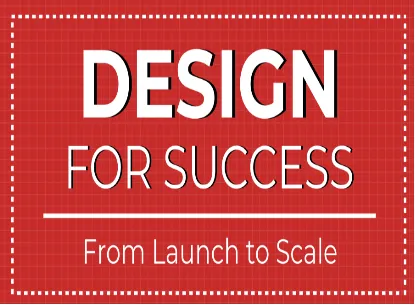Stand apart so you can stay ahead: design tips for success from TiE Bangalore expert panels
Three panels at the recent Design4Success meetup featured a range of experts addressing design at scale, design foundations, and design stories. Here are the key takeaways for entrepreneurs, on the importance of design.
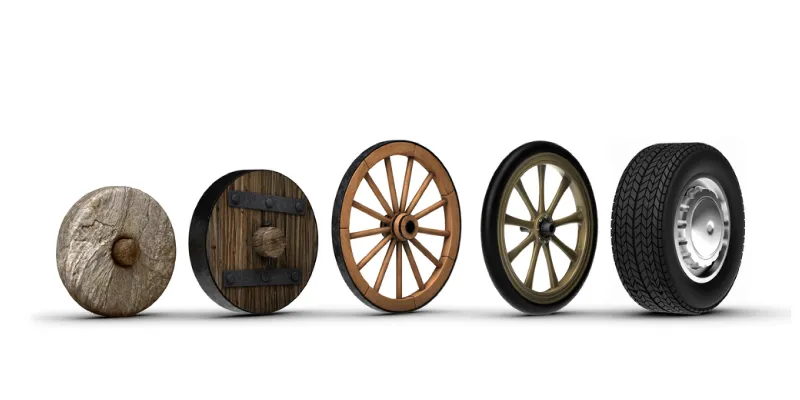
Design awareness and opportunities are picking up in India, as more and more startups and corporates have designers in their core team. Design is being appreciated as not just an afterthought or final wrap, but a foundation for creating value and driving growth.
TiE Bangalore recently held an evening meetup on design, with 10 speakers from SAP, Philips, Cognizant Technologies, YourStory, DesignUp, ibibo, EthniiChic, eStudio, AsOnFire and Bang Design.
Here are my key takeaways from the three-hour event, which featured presentations, panels and engaging audience interaction. See also the extensive design resources in YourStory’s d-Zen section.
I. Design at scale
For effective design at scale, companies should have broad-based design awareness, common design language, clear communication, role clarity, capacity building activities, and visible metrics.
“Design is a core skill that everyone in a company should have,” advised Visvapriya Sathiyam, design evangelist at SAP. Design should be seen as a skill and not just a process or department. Industry transformations call for design reinvention; for example, the enterprise software domain is being transformed via the shift to the cloud, which calls for new design capabilities.
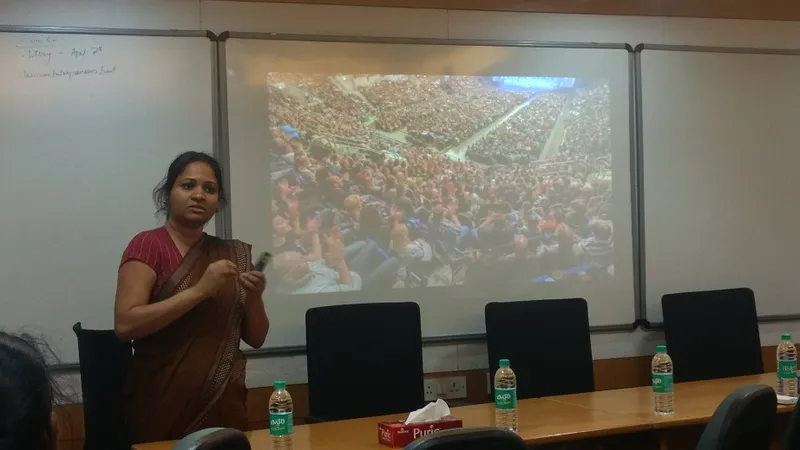
Designers, managers and techies should make attempts to understand each others’ mindsets, Priya advised. SAP has devised a range of online courses on design for employees of different backgrounds. There are interactive sessions on design called Eye Opener, Design Talks, and Women in Design. Knowledge practices are shared via Design Nuggets and other internal publications.
Indian design talent is being deployed by a range of MNCs. “Our mobile obstetrics monitoring device was started in India,” said Abhimanyu Kulkarni, Creative Director, Philips Design, India. The Philips Design Language System creates a shared understanding of design across the company, and applies to everything from fonts and screens to colours and code. The team includes 45 product, interaction and communication designers.
The Philips Innovation Campus is at the cutting edge of connected health solutions. There is a huge need for connected ECG and health clinics in India; approximately 18 million people die each year due to cardio-vascular diseases, according to Abhimanyu.
“You must believe that your design is shaping the organisation’s vision,” he advised designers. This applies to internal as well as external communication. Elements of co-creation include contextual understanding, articulation of value, prototyping, testing, and continuous learning.
Designers should assess the level of design maturity and decision-making styles of different business groups, and pitch their recommendations and solutions accordingly, Abhimanyu added. Storytelling skills and even the use of simple post-its can be effective aids in visualisation of design.
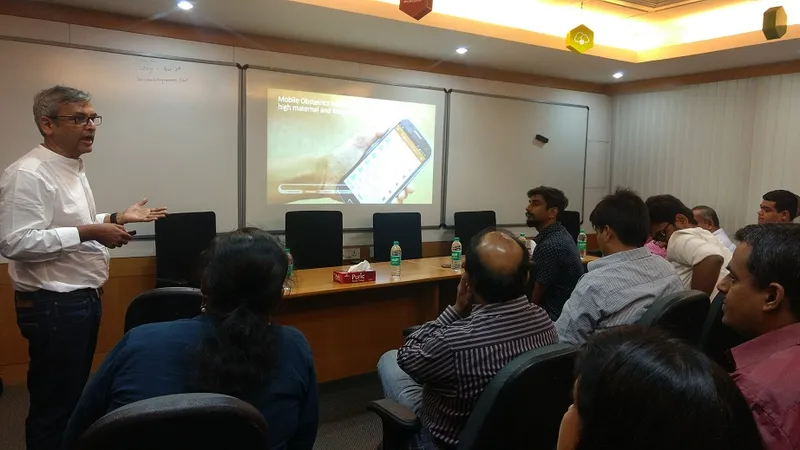
While hiring new designers, it is important to look at educational qualifications as well as employee skills in learning on the job, conducting research, collaboration, and asking critical questions, he advised. In the long term, designers should become adept at learning as well as unlearning, and co-creation with customers and business partners.
Designers should make the business case for design by showing how it impacts productivity, learnability and accuracy, advised Abdul Muthalif, Manager, Cognizant Technology Solutions (CTS). Design trends to watch are the rise of chatbots, AR and VR to more effectively engage with customers.
CTS also conducts hackathons to explore analytics-based design. Impacts of design can be shown by improved productivity via fewer interactions in simplified menus, for example. Organisational design capacity for emerging digital environments can be increased by tapping millennials’ ability to connect across multiple devices and media channels, advised Abdul.
II. Design foundations for startups
For startups, design serves as a differentiator, business driver, customer hook, and branding tool right from the early stages. Tech startups may be hard-pressed to afford designers, but should realise the business value of design.

“Good design makes the user experience pleasant and personal, and can retain customers,” observed Narayan Gopalan, consultant and co-founder of the DesignUp conference (see YourStory’s earlier coverage here). Design can help make the product and even the company more approachable and friendly to the customer.
“Design helps you stand out from the rest. You need to have a designer in your core team and design as a core aspect in your business,” said Aditya Ranade, Head of Design, YourStory. Other options include hiring design consultants and recruiting interns. “You should not have a bad designer even if you are poor,” he joked.
Methods like design thinking take time, money and effort but are a key foundation of business success, said Uma Shankar, Principal, UX Design, ibibo. The company was able to effectively respond to a consumer shift to mobile devices; 80 percent of its travel business now comes from mobile.
Design applies not just to visuals but also architecture and brand – and even to the name of the startup and its logo. There should be trust between the designers and the rest of the team for effective business growth. As hiring tips, the panellists recommended that startups should look at the designer’s portfolio, and even give some trial tasks.
Entrepreneurs who do not have a design background should spend some time researching and understanding the range of designer professions and how to communicate to designers, advised Priya Chetty-Rajagopal, Director, RGF Executive Search. This includes design roles, titles, team structures and career tracks.
As good examples of digital design in India, the panellists cited Dunzo, Swiggy, Zomato, BookMyShow and Practo. Design is strategy in visual motion, the panel effectively summed up.

III. Design stories: entrepreneur journeys
Founders from a range of sectors shared the importance of design in their startup journeys: ethnic crafts, art curation, industrial products, and even food. Design opens up global opportunities for Indian entrepreneurs, while also promoting local art forms; frugal design brings benefits to underserved communities as well.
Roshni Puthukudy, Founder and Chief Designer, EthniiChic, shared her story of moving from the construction industry to ethnic crafts. “There are many ethnic designs in India that are not being properly nurtured, but can be brought to life in the design of daily objects,” she said, highlighting the role of design as an avenue for social responsibility and cultural preservation.
Some of her customers prefer original designs, others want customised or personalised orders. The company reaches customers via wholesalers, the Internet, and craft fairs. The market is crowded, and hence design is a key differentiator in this space.
“Stand apart so you can stay ahead,” Roshni advised. Keep users at the core, and keep innovating new designs, she added. Growth of her company comes via new designs as well as new products.
Art is a core foundation of design, and there are growing opportunities in India for artists and ecosystem players, observed Sonu Mulchandani, Founder, eStudio, and Curator, Art Sci Festival, Phoenix Market City.
“Design is a modern day art form,” Sonu explained. Everyone has innate artistic capability but the desire and willingness to explore it can come later in life, she said, pointing to the increasing number of techies switching to careers in art and becoming artrepreneurs or designpreneurs.
Many large corporates are also recognising the role of art and installations in campuses for providing inspiration to employees. “We all operate in different frequencies, and the best effects are when we are one with nature,” she said.
Design is a key attractor in many startup offerings, said Vindya Murthy, Co-founder and Designer, AsOnFire. The company claims to be India’s first food-truck with a wood-fire pizza. The design of its logo itself reflects a pizza slice and chicken drumstick; the dining experience has been designed to deliver a restaurant-quality feel even in settings like a parking lot.
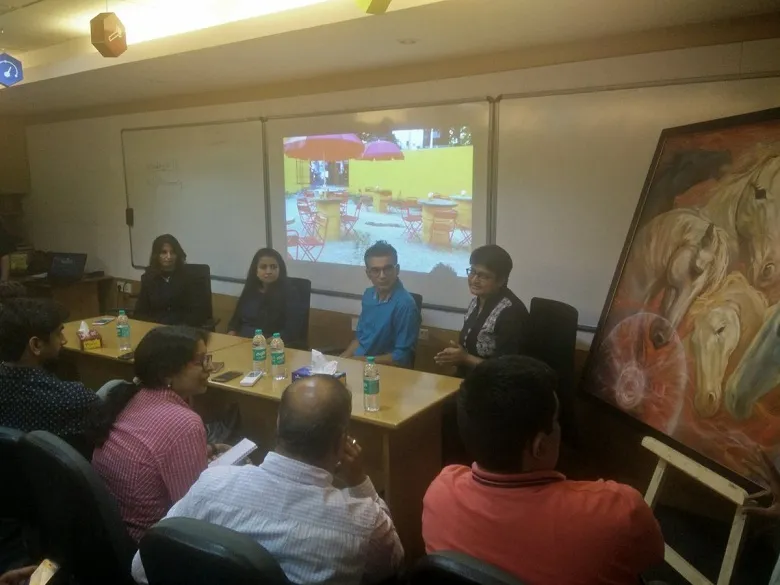
Industrial designers in India can effectively serve local as well as global markets, said Vinay Rao, Designer and Director, Bang Design. The company makes its own products as well as customised offerings for a range of global clients, such as Dell, HP, PayPal, Intel, and GE Healthcare.
Over the past 17 years, it has been involved in hundreds of projects covering mechanical, manufacturing, electronics and consumer sectors. Examples include the low-cost Embrace baby-warmer, portable ECG machine for BPL, and even cricket helmets for national teams.
Time, energy, attention, money and emotion are the five senses of user experience, said Vinay. Design adds value by making the complex simple; the complexity is in balancing aesthetics, cost, performance and market positioning.
He offered a range of tips for designers: collaborate extensively, test early and often, run sprints, experiment without regret, embrace failure, and recover strongly. Designers are change makers as well as tastemakers, Vinay wrapped up.
In sum, there is growing demand for art and design among Indian students and companies (see my article ‘Job and joy: art as passion and profession’). The increasing visibility of design via initiatives like Design4India by NASSCOM also bodes well for the entrepreneur community and consumers at large.
